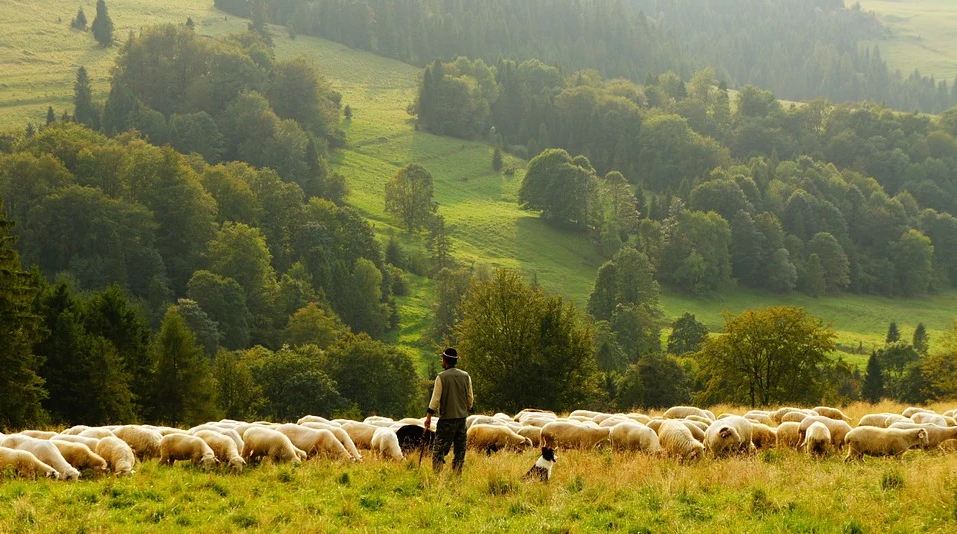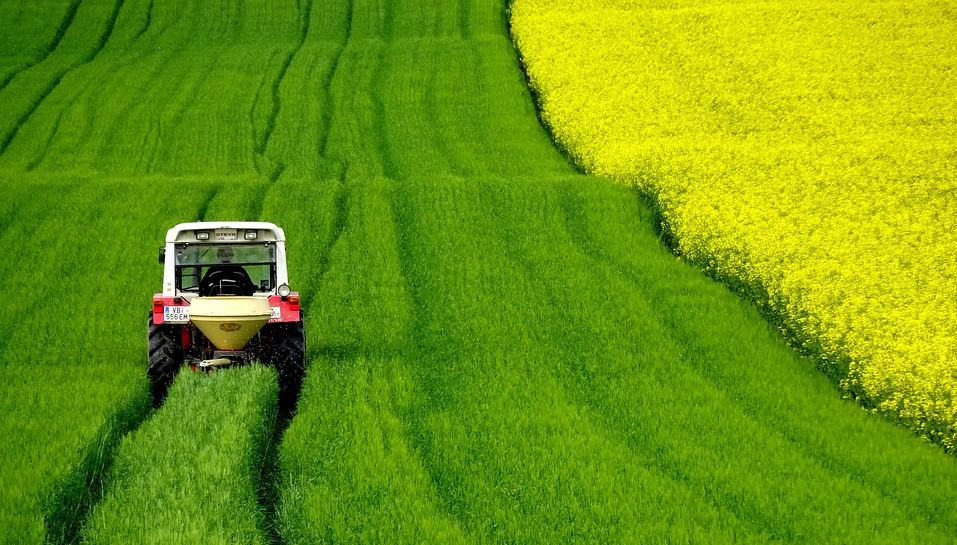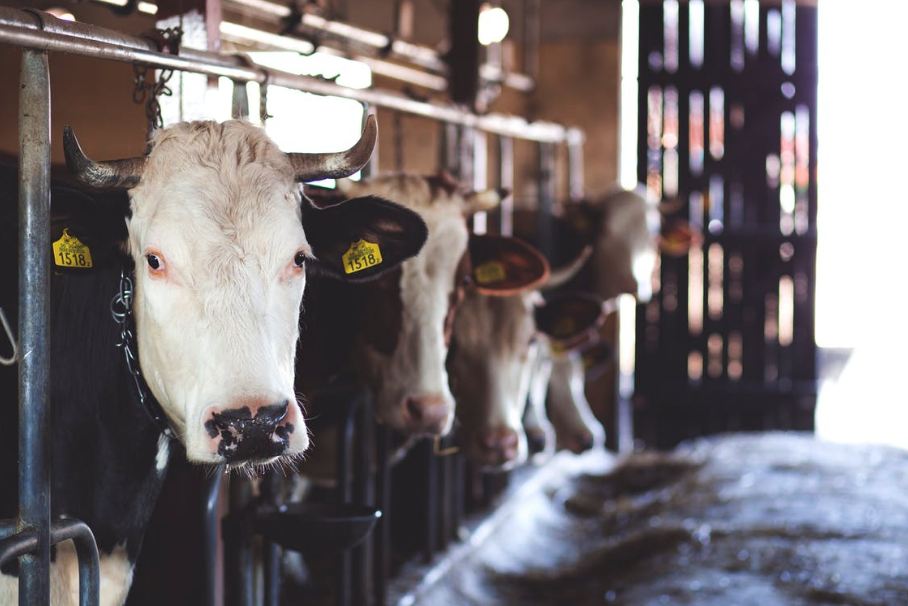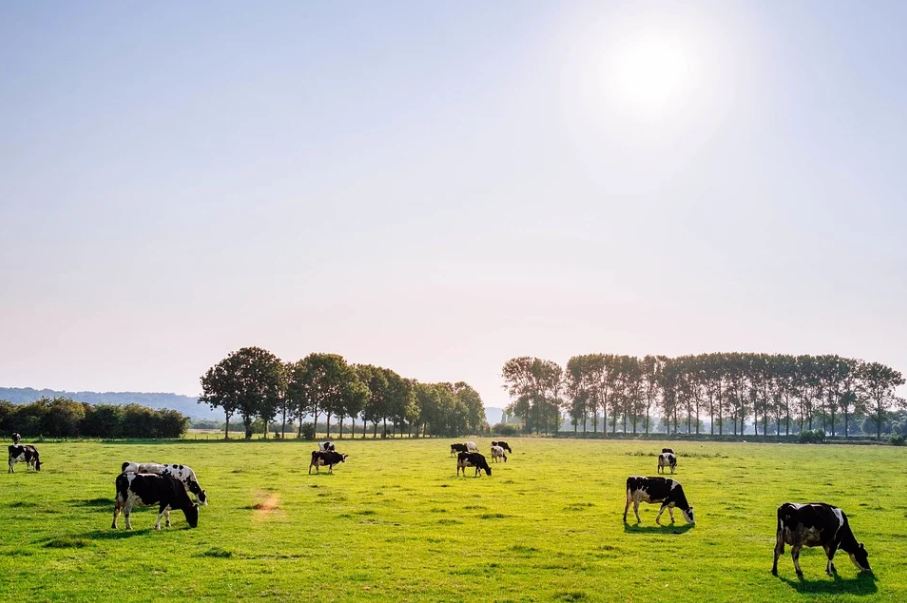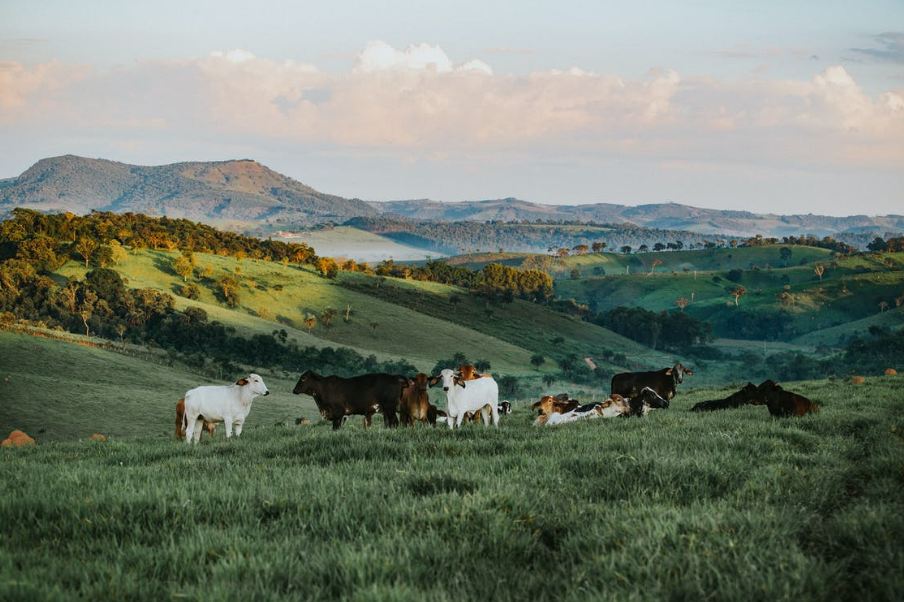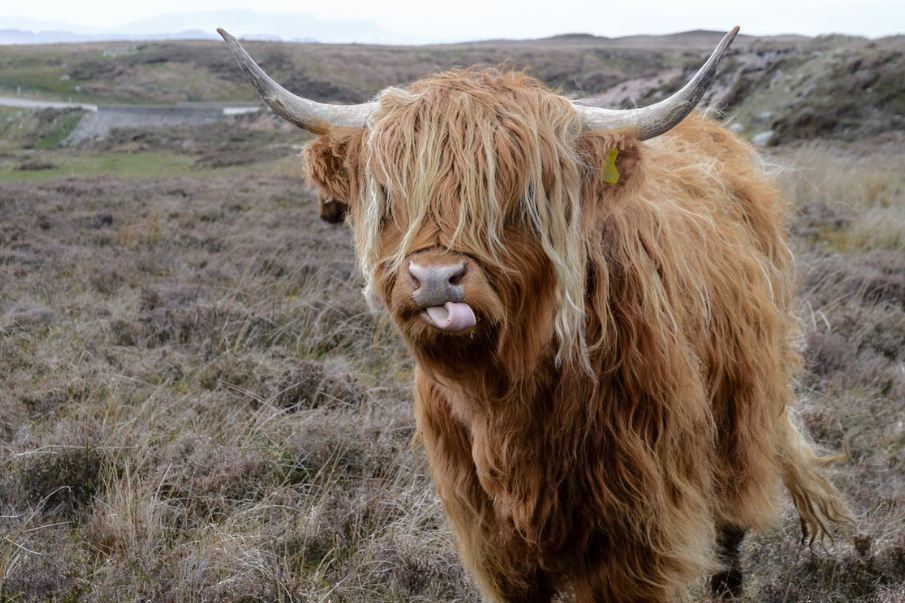Humans have been farming ever since the advent of civilizations, making agriculture one of the world’s oldest professions. In the beginning, people cultivated crops and livestock to meet the personal needs of themselves and their families. However, soon, people started trading food surpluses for other goods, marking the beginning of commercial farming.
Today agriculture plays not only a leading role in feeding the human population but also forms the backbone of the economy of numerous countries spread throughout the globe.
Thanks to the growing population, the demand for food and other agricultural goods is rising at an alarming rate. To meet this rising demand, farmers have expanded the size of their farms to staggering lengths, with some attaining a ‘mega-farm’ size. So, where are the largest farms in the world, and what are they like? To find out, let’s have a look at the five largest farms of the world in terms of acreage. And you can also check out the link to know the best survivalist garden layout.
1. Mudanjiang City Mega Farm
Mudanjiang City Mega Farm is the largest dairy farm in the world, operating on the land of 22.500.000 acres. It is in the Northeast region of Heilongjiang, China.
Established in 2015, it marks a collaboration of 123 million euros between the Chinese Zhongding Dairy Farming and the Russian Severny Bur. Chinese and Russian investors joined hands to establish a large-scale farm that could fulfill the marked need caused by the Russian embargo on the import of dairy products from the EU.
The company employs specialized feeding and breeding techniques to boost yield. Top-quality bull’s semen is imported from the United States to impregnate high yield heifers.
Initially, the farm imported dairy cows from Australia, New Zealand, and Uruguay. Today this large-scale dairy farm houses 100,000 cows that produce 800 million liters of milk every year. These cows do not graze on the open field; instead, they are fed fodder and a mixture of grains. The cows are kept in sheds indoors following the American farming model and milked three times a day on a rotary system. Along with exporting milk to Russia, mass production has also led to the increased popularity of milk in China. More and more Chinese are now consuming milk because of the increasing affordability.
2. China Modern Dairy
China Modern Dairy is the second-largest dairy farm in the world, spread across an area of 11,000,000 acres. It is about half the size of Mudanjiang City Mega Farm. It was established in 2005 by China Mengniu Dairy Company Limited that specializes in both dairy farming and milk production. It is also engaged in the production of animal fodder as a subsidiary.
The Modern Dairy Farm comprises twenty-six industrial farms (with a capacity to hold 10,000 cows) built across seven provinces of China with the headquarters located in Maanshan city of Anhui province in Eastern China.
At the time of its establishment, Modern Dairy Farm had 40,000 dairy cows and was the largest dairy farm and producer of milk in the world. However, in 2014 accusations surfaced that the farm had sold bovine tuberculin positive cows. These accusations dealt it a heavy blow to the company’s sales, and it suffered substantial market losses.
Today the farm supports 230,000 dairy cows that produce 3,300 tons of milk daily.
3. Anna Creek Station
The third-largest farm in the world, Anna Creek, is situated in the Australian state of South Australia, covering a land of 24,000 square kilometers or 6,000,000 acres. It is larger than Israel, which is about 21,000 square kilometers. Due to its gigantic size, it is also the largest working cattle station in the world.
It rears about 17,000 heard of cattle, making it the largest beef cattle producer in the world. It also houses twenty-two cattle pens and has a shearing shed along with an observatory called crow’s nest. The cattle station is famous for its Santa Gertrudis breed that is highly resistant to hot and dry conditions. A microchip is implanted in every cattle to monitor the herd.
Anna Creek station was established in 1863 by Julius Jeffreys, John Warren, and William Bakewell. It was then located at Strangways Springs and moved to its current location in 1872. Initially, the partnership mainly reared sheep; however, they, later on, switched their attention to cattle farming after facing losses from dingo attacks.
Anna Creek was under the ownership of several holdings over the next few centuries. As of now, the Williams Cattle Company owns it, a family business that acquired Anna Creek in 2016 from S. Kidman and Co Ltd.
4. Clifton Hills Station
Clifton Hills Station is the fourth largest farm and the second-largest cattle station of the world, situated on the Birdsville Track in the far north-east of South Australia. It encompasses an area of 4,200,000 acres or 16,500 square kilometers, about half the size of Belgium, and can stock head of cattle of up to 21,500.
This pastoral lease was established in 1876 and was first owned by J. H. Howie, who at that time reared only a thousand cattle. As of 2019, it is under the ownership of Australian beef cattle farmers Viv Oldfield and Donny Costello of Crown Point Pastoral Company, who bought it from Clifton Hills Pastoral Company at an estimated price of $45m to $50m. This land can accommodate the head of 18,000 cattle across three pastoral leases.
The beef cattle graze-land consists of three different and equally balanced land types with good infrastructure. It includes gibber plains along with soft sandhill country and river floodplains. It is also among the first farms that started using road transport to deliver cattle.
5. Alexandria Farm
Last though not least, in our list of the largest farms in the world, is Alexandria Farm that stands at 5th place. It encloses an area of 4,000,000 acres in the Northern Territory, Australia. It was established in 1877 by the North Australian Pastoral Company and is still in their ownership to this date.
This vast land can accommodate approximately 55,000 cattle, and every year over 10,000 bales of fodder are harvested on the plains of the farm. The station mostly rears the Brahman, Belmont, and Charbray breeds. About 50 workers live on the station to manage the farm and tend to the herd. The property suffered heavy losses due to flooding in recent years.
The Takeaway
We can see that China and Australia are home to the largest farms in the world. China has 393 million hectares of grassland, out of which 331 million hectares of land are grazable. Australia, on the other hand, has 250 million hectares of land that can be used for grazing, making both Australia and China the superpowers of the agricultural world. To learn further about farms of the world occupying vast spaces, have a look at our ‘Top 7 Farms In The World’.

